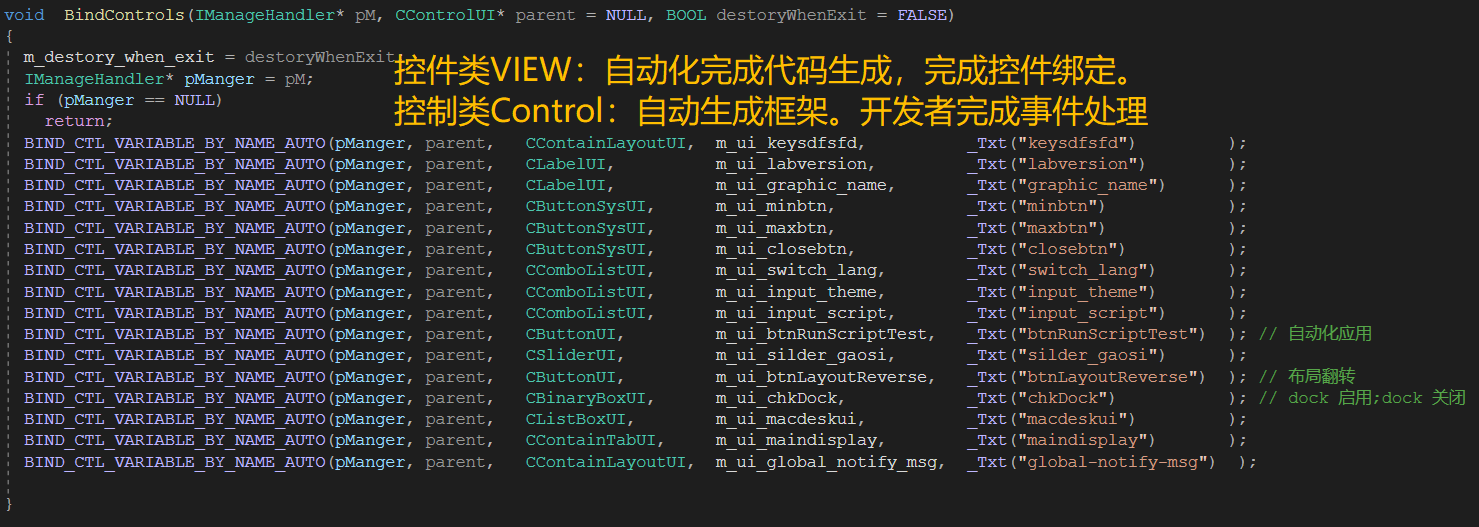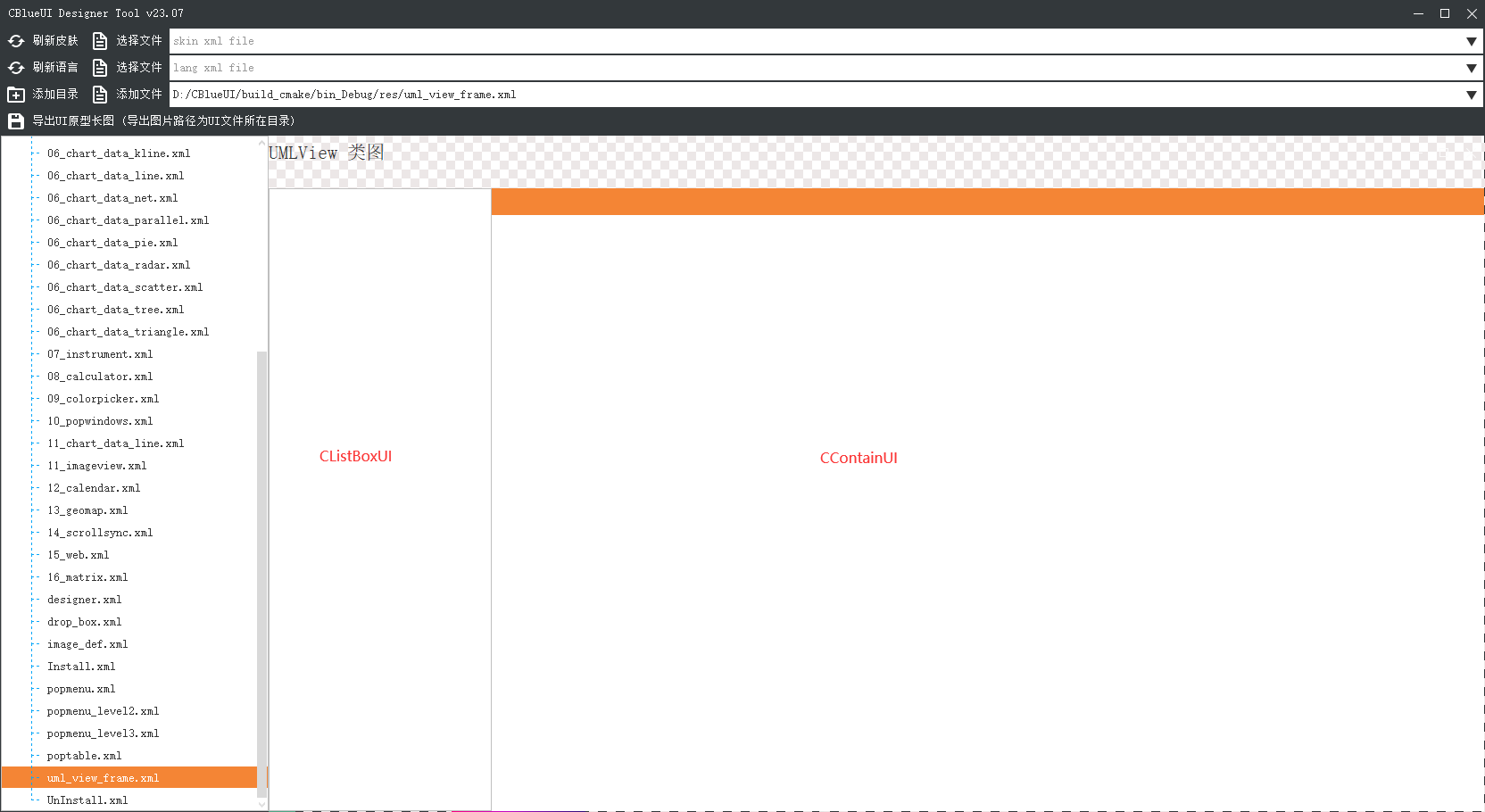void PathMoveTo(double x, double y);
void PathLineTo(double x, double y);
void PathHLineTo(double x);
void PathVLineTo(double y);
void PathArcTo(double x, double y, double rx, double ry, double a1, double a2, bool ccw = true);
void PathJoinArcTo(double x, double y, double rx, double ry, double a1, double a2, bool ccw);
void PathPie(double x0, double y0, double rx, double ry, double a1, double a2);
void PathRing(double x0, double y0, double rx, double ry, double a1, double a2, double dis);
void PathRingRound(double x0, double y0, double rx, double ry, double a1, double a2, double dis, double round = PI / 45);
void PathEllipse(int cx, int cy, int rx, int ry);



